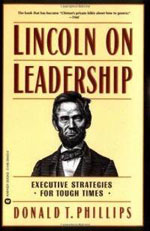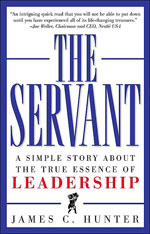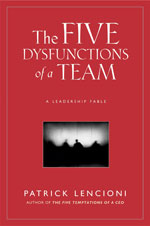 When setting a goal, many would agree on the importance of positive thinking. Believe in yourself, believe you will achieve your goal, and you will succeed. I have an entire bookshelf in my office filled with books that promote the simple idea of positive thinking.
When setting a goal, many would agree on the importance of positive thinking. Believe in yourself, believe you will achieve your goal, and you will succeed. I have an entire bookshelf in my office filled with books that promote the simple idea of positive thinking.
When I talk to people about their life goals, most feel confident that they are likely to have good things happen to them, make a lot of money, get married, have kids, and live a good life. In contrast, we are also less likely to believe that bad things will happen to us, such as severe illness, a financial crisis, or any other major setbacks in life. I read a book by Heidi Halvorson, who is Associate Director of the Motivation Science Center at the Columbia Business School. Halvorson distinguishes two types of positive thinking for maximum success.
Halvorson uses the example of losing weight, since it is a goal many of us can relate to. There are two types of positive thinking towards the goal of losing weight. One is that you believe you will lose the weight—you just know you will reach your goal. In other words, you think positively about reaching your goal. The other type of positive thinking results when you believe you will be able to avoid the temptation to cheat on your diet or skip a workout on a rainy day. In other words, you think positively about overcoming the obstacles standing in the way of your goal. Halvorson believes that most positive thinking self-help books lump both of these approaches together. She feels that this is not the most effective method for pursuing our goals, and I agree.
Let’s start with a universally-accepted theory in the study of motivation called the “Expectancy Value Theory.” It states that people are motivated to do things as a function of how likely they are to be successful and also by the benefit they will receive from doing those things. Alternately stated, believing you will succeed will make you more likely to succeed. Halvorson points to a recent study in the Annals of Behavioral Medicine that examined home gym equipment. At some point, most adults purchase home exercise equipment with the premise that, because the equipment is in their homes, they are more likely to use it. The study concludes that people were three times more likely to use the equipment if they thought positively than if they doubted they would be using their equipment a year later. Obviously, it’s a good thing to believe we will succeed. Therefore, it also must be a good thing to imagine that we will succeed easily. But that second statement is actually very wrong and will even get in the way of your achievement! Keep reading to find out why.
Halvorson also points to a behavioral psychologist, Gabriele Ottingen, who has done extensive studies on people who believe they will succeed versus people who believe they will succeed easily. These studies included people desiring weight loss, college students looking for work after graduation, and patients recovering from surgery. Time and time again, Ottingen found that, no matter who the people were and what goals they had, successful people not only had the confidence that they would eventually succeed but also had equal confidence that they would have a difficult time getting there.
Why is anticipating difficulties on the path to success important for achieving our goals?
Creating negative emotions like anxiety and worry can be useful, as these emotions can be powerful motivators. Ottingen’s studies show that people who believe they will encounter obstacles in the pursuit of their goals plan more, try harder, and make the extra effort. These types of people expect that they will have to work very hard in order to achieve their goals, so that’s what they do—they work extremely hard! Conversely, people who think that reaching their goals will be easy aren’t prepared to deal with the obstacles and challenges they inevitably encounter.
The best strategy when setting goals is thinking positively about what things will look like when you achieve your goals while also realistically exploring what it will take to get there.
Ottingen refers to this strategy as “mental contrasting.” This type of thinking results when you imagine reaching your goals and then reflect on the obstacles that stand in your way. When I decided to run a marathon, I pictured myself crossing the finish line with my wife and kids cheering me on and imagined conquering a great physical challenge that not many people undertake.
When I created this goal, I wasn’t kidding myself—I knew it wasn’t going to be easy. I imagined all the obstacles I might face such as illness, injury, and bad weather. For example, training for a marathon in Denver during the winter months can be challenging, especially when a snowstorm comes to the “Mile-High City.”
As mentioned before, my most important run in training for this marathon is the “Saturday Long Run.” A few weeks ago, we received 12 inches of snow. Running 15 miles outside was not going to happen! However, I had already thought about this potential obstacle when establishing my goal and had prepared myself that I would probably need to complete a long run or two on a treadmill at the gym. I don’t know about you, but to me, running 2.5 plus hours on a treadmill is mind-numbing and is not a whole lot of fun! But since I had imagined that bad weather might happen, I had a plan and was able to put in the extra effort to stay on track with my training.
Mental contrasting will not only help you make good decisions when obstacles come your way, but it will also engage your motivational systems and maximize your commitment to your goals. This type of thinking pushes you into a sense of urgency and creates the necessity to act. Dream, plan, work hard, and don’t give up!


















Pingback: Effective Planning Simplified